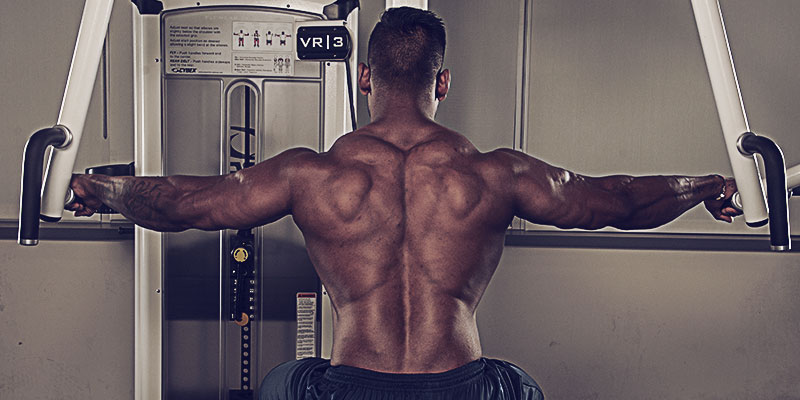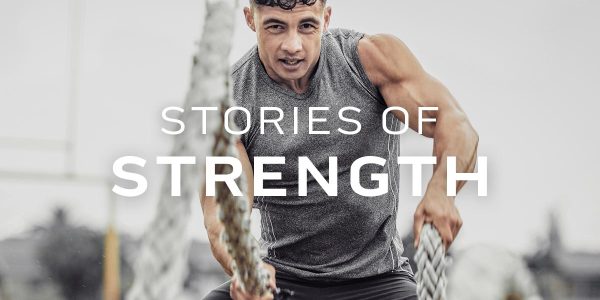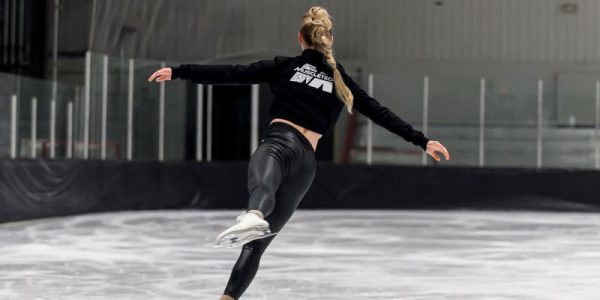A bodybuilding split separates training days by body part. You might do chest and triceps one day, and back and biceps the next. Seems pretty straightforward.
But let’s consider what exactly gets worked on back day. For one, we consider “back” a muscle group because on back day we target more than a single muscle. By including a variety of moderately heavy rows and pull-downs, you effectively engage a number of muscles on your back side, including the lats, middle and lower traps, rhomboids and rear delts, as well as smaller ones. For our purposes, the rear delts are of particular interest here because most trainers also work them on shoulder day.
Are the rear delts getting too much work, or is doing them with back a better alternative than training them with the rest of the deltoid musculature?
First, understand that the rear delts are highly engaged in multi-joint back exercises as you pull your elbows behind the plane of your body. Most rowing exercises recruit them, not unlike how the triceps are engaged when doing pressing movements for chest. In fact, if you compare the movement arc of a row with that of a rear delt fly, you might notice how similar they in fact are.
Muscle stimulation on the rear delts isn’t nearly as great on multi-joint exercises for the shoulders, a group of exercises we call overhead presses. Those primarily focus on the middle and front delts, depending on elbow position as you lower the weight, as well as triceps.
Is the difference in rear delt activation significant? There’s not much research on the subject, but an unpublished EMG analysis done in 2014 indicated that rear delt activation was considerably less on the overhead dumbbell press when compared to the incline dumbbell row.1 This may also suggest other kinds of rows are more effective than overhead presses in successfully engaging the rear delt musculature.
Given the rear delts may not be getting much activation via multi-joint movements for the shoulders but rather those done on back day, wouldn’t it make more sense to train them with the latter? That, in fact, is what many bodybuilders do.
Here are some important considerations when determining which is the best training day to do rear delts:
- If you’re already doing rear delt isolation exercises like reverse pec-deck flyes and bent-over lateral raises with your shoulder training, realize that you’re also hitting them again with back. That could effectively mean you’re training them twice over the course of your split. That’s not necessarily a bad short-term strategy if you need to bring them up in relation to your fronts and middles.
- Normally, you want to give a muscle group at least 48 hours of rest before hitting it again in the gym, so how you construct your training split is consequential. Working the rears on consecutive days probably won’t allow for optimal growth.
- Consider working your back and shoulders on the same training day. In this case, do the larger muscle group first, which is back.
- If you train rear delts with back, don’t forget to add single-joint exercises for the rear delts after the heavy multi-joint moves are done. This will ensure they are effectively worked.
References
1 Sweeney, S., 2014. Electromyographic analysis of the deltoid muscle during various shoulder exercises. (doctoral dissertation, University of Wisconsin, La Crosse).









